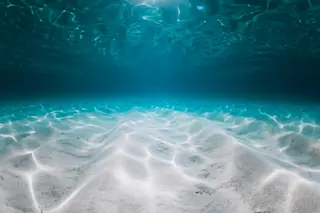Chemicals can conjure images of doom and gloom. But Paul Anastas, a green chemist and professor at Yale University, is transforming chemistry’s image to one of health and sustainability.
“Chemistry is all about how you redesign the material basis of our society and our economy,” Anastas says. “Nobody has a greater impact on the materials of our daily lives.”
Experts have exceled in inventing new chemical processes, but Anastas worried that they were pumping out too much hazardous waste. In 1991, Anastas was working with the Environmental Protection Agency (EPA) and launched a research program to promote clean and green chemical processes. Green chemistry was born, and chemistry’s clean revolution began.
“I recognized that things didn’t make a lot of sense. We had way too much pollution, too many toxic substances,” Anastas says. “Green chemistry is about inventing new materials and new manufacturing processes that are conducive to life. […] ...














